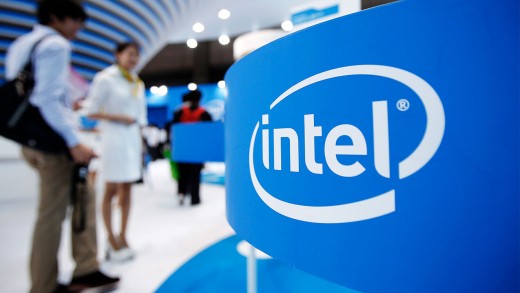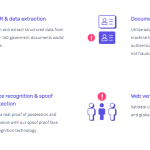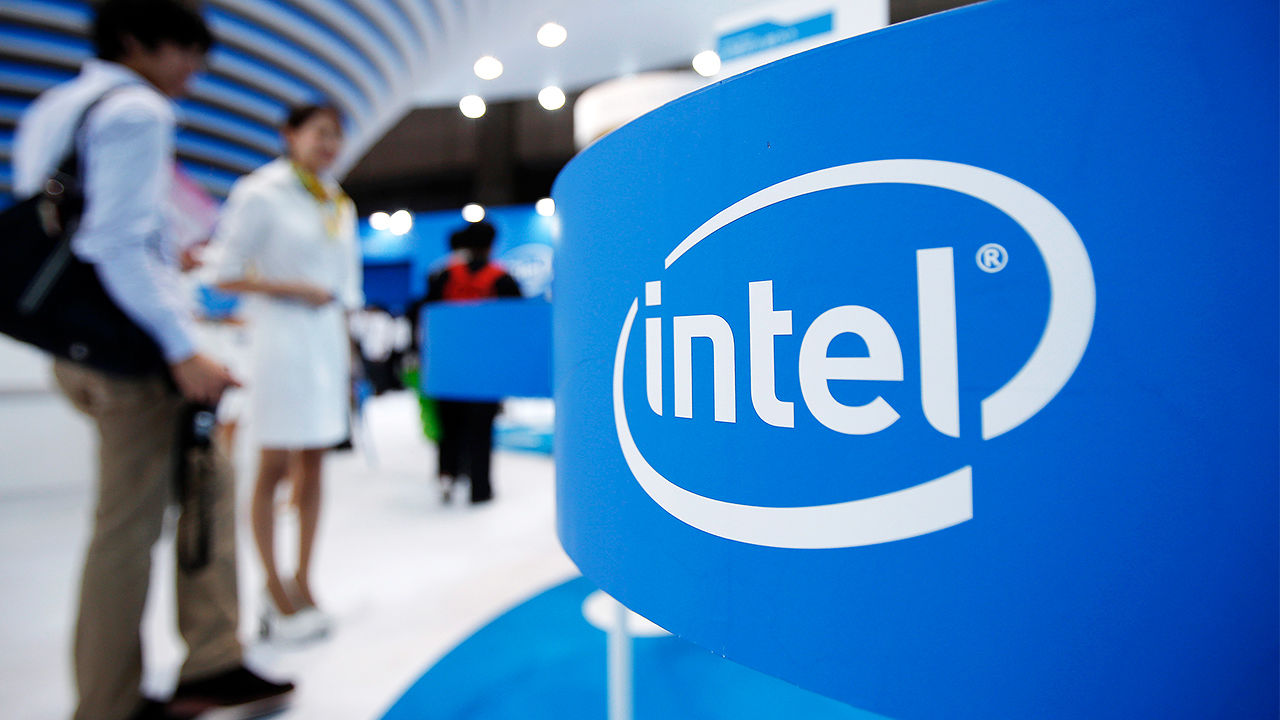Intel’s Radically Transparent Analysis Of Its Diversity Initiatives
Tech titan Intel is betting that opening the books on its initiatives will only further efforts to diversify.
Intel’s no startup. Founded in 1968, the company now has revenues in excess of $50 billion and a global staff of more than 107,000. But the tech behemoth has begun subscribing to a strategy most often baked into startups when they are still in the very early stages: radical transparency.
The rationale behind keeping everything out in the open ranges from its ability to quell stress and to eliminate the gender pay gap. Intel is betting that radical transparency will help the company diversify its ranks.
On Wednesday, the company published a 15-page statistical analysis (this is a highlight) of the progress it has made since CEO Brian Krzanich announced a $300 million, five-year plan to bring the company’s workforce to “full representation” by 2020.
At the time of that announcement in January, Intel’s diversity numbers were status quo for the tech industry: About 75% of its workforce was male, while just 4% of employees were black and 8% were Hispanic. Now, thanks to a multi-pronged effort to increase diverse hires—including a $4,000 employee referral bonus and a $5 million partnership to develop a high school computer science curriculum for the Oakland Unified School District—Intel has exceeded its own diversity goal for 2015 in the first six months.
Intel’s goal was to draw 40% of its new hires in 2015 from underrepresented groups—those being women, African-American, Hispanic, and Native American. The actual number of diverse hires so far is 1,275 employees in the U.S., meaning Intel has already surpassed its goal for the year with 43.3% diverse new hires.
Of these new employees, 35% were women and 4.7% were African-American, 7.5% were Hispanic, and 0.3% were Native American. The latter two groups are below Intel’s representation goals and a company spokesperson acknowledged these were areas that needed more attention.
Laura Weidman Powers, CEO of Code2040, tells Fast Company she agrees that some of these numbers are good and some are lagging. “But if you don’t share the data even when it’s not all rosy, then that’s not accountability, that’s just PR,” she says, “We have seen a lot of companies release their EEO-1 filings and follow on with blog posts about their metrics,” says Weidman Powers, “but Intel has led the pack in terms of stating goals with timetables and working across the full spectrum of the professional pipeline including on retention.”
The Value Of Transparency
Indeed, while several companies have released diversity figures, Intel and Pinterest are among the few to put forth detailed metrics. That’s due, in part, to the fact that workplace diversity continues to be a polarizing subject. So much so that moving too fast, and not communicating enough, could backfire. Intel’s senior vice president of HR Richard Taylor admits he’s seen this happen among company staff recently.
“We thought it would really good idea to offer pregnant mothers parking spots,” Taylor explains, “And we wanted to move quickly,” he says, because CEO Brian Krzanich “emphasizes velocity.” Taylor says that signs went up “literally overnight” and an uproar ensued almost immediately. “A lot of people, including women,” chimed in with criticisms such as “isn’t it better for pregnant moms to walk,” says Taylor who recalls the dialog devolved quickly.
“In trying to move fast and have an impact, we forgot to bring the majority population along with us,” he confesses, recognizing that with an employee population roughly the size of the country of Aruba, “there are going to be dissenters.” It’s a misstep Intel hopes to avoid in the future by making every detail of its diversity initiatives transparent to all.
Rules Of Attraction
In addition to open communication, Taylor and Intel’s chief diversity officer Rosalind Hudnell were eager to share lessons they’ve learned when attempting to attract new, diverse hires.
Hudnell says she’s observed a trend around strategies to mitigate unconscious bias. After all, it takes some extra mental energy to not automatically dismiss a candidate because they don’t look like the hiring manager. Hudnell says Intel started working with neuroscientists eight years ago, and found that while training does drive awareness of people’s unconscious biases, the entire system, from recruitment to daily work, must come in a way that encourages diversity.
Taylor concurs: “Unconscious bias training is good, but not sufficient.” As such, Intel’s incorporated a series of efforts including training its diverse staff members on how to address feelings of isolation, networking, and career progression. “It’s also tying back to managers of diverse employees, getting them training, coaching, and advice,” he explains, “giving them look into what it is like to be on the other side.”
Hudnell notes that in addition to casting a wider net for talent, Intel is using diverse teams to recruit them, to mitigate individual bias. The game changer for Intel, Hudnell asserts, has been the realization that diversity has to be approached from all sides.
Keeping The Keepers
That includes making efforts to retain diverse employees once they’ve been brought in, especially at mid-career, when they tend to drop out because they’ve hit the glass ceiling in the predominately white world of the executive suite. Critics contend that it will take more than money to find solutions to solve this problem.
As Lauren Tucker, founder of Cooler Heads Intelligence, told us in a previous interview, it’s going to require the effort of diversity champions to invest social, cultural, and political capital to groom female and minority candidates for executive positions.
Weidman Powers, CEO of the diversity nonprofit Code 2040, says there are a few ways to tackle this. “Opportunities for advancement, a transparent promotion process that feels fair, access to senior level leadership for mentorship and sponsorship, and the ability to see yourself as a valued leader of your company are all key to retention,” she explains.
Taylor agrees. “Retention is hard and there is no one simple solution,” he says. That’s perhaps why Intel’s report notes that to balance its hiring efforts, the company is also doing the following:
We have increased focus on advancing our inclusive culture by utilizing fair processes and practices, such as rigorous reviews of annual appraisal parity and pay audits, as well as by increasing investments in our manager and leader capabilities to ensure that the unique skills and experiences of our entire workforce are fully leveraged. These programs inspire an inclusive and collaborative community and a vibrant culture in which our employees thrive.
We also recognize that with a diverse workforce comes a need for diverse benefits. To meet this need, we support of all of our employees through offering customized services, benefits, and resources that are suited to individual needs, which vary throughout their lives.
Reverend Jesse Jackson, president and founder of the Rainbow Push Coalition, applauds Intel’s initial efforts such as tying executive bonuses to meeting diversity goals, as well as its commitment to transparency. “Intel is going ‘all in’—and as it develops its track record and reputation for diversity and inclusion commitment, that will certainly help retention of women and people of color,” Jackson said via email.
There are plenty of large companies that have shown their commitment to supporting a diverse workforce The Equal Employment Opportunity Commission’s (EEOC) statistics show that DiversityInc’s ranking of the top 50 companies have 20% more black, Latino, and Asian employees in management, and 13% more women than average U.S. corporations this year.
Intel’s new hire numbers are surpassing those of its peers for now. It remains to be seen whether the company’s efforts, monetary and culturally, will be enough to move the needle towards equality in the long term.
Fast Company , Read Full Story
(142)














